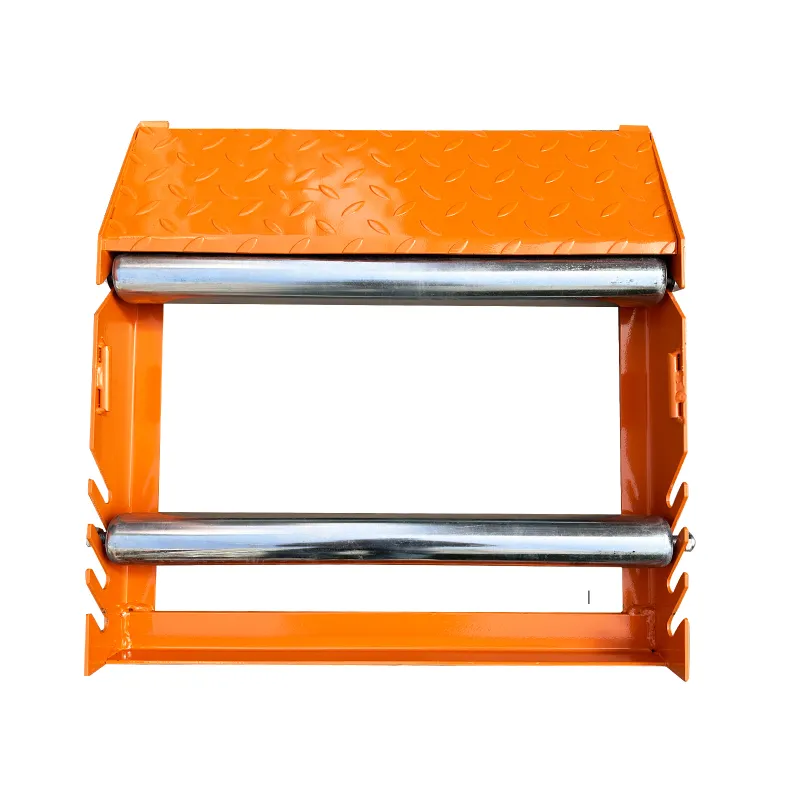
-
 Afrikaans
Afrikaans -
 Albanian
Albanian -
 Amharic
Amharic -
 Arabic
Arabic -
 Armenian
Armenian -
 Azerbaijani
Azerbaijani -
 Basque
Basque -
 Belarusian
Belarusian -
 Bengali
Bengali -
 Bosnian
Bosnian -
 Bulgarian
Bulgarian -
 Catalan
Catalan -
 Cebuano
Cebuano -
 Corsican
Corsican -
 Croatian
Croatian -
 Czech
Czech -
 Danish
Danish -
 Dutch
Dutch -
 English
English -
 Esperanto
Esperanto -
 Estonian
Estonian -
 Finnish
Finnish -
 French
French -
 Frisian
Frisian -
 Galician
Galician -
 Georgian
Georgian -
 German
German -
 Greek
Greek -
 Gujarati
Gujarati -
 Haitian Creole
Haitian Creole -
 hausa
hausa -
 hawaiian
hawaiian -
 Hebrew
Hebrew -
 Hindi
Hindi -
 Miao
Miao -
 Hungarian
Hungarian -
 Icelandic
Icelandic -
 igbo
igbo -
 Indonesian
Indonesian -
 irish
irish -
 Italian
Italian -
 Japanese
Japanese -
 Javanese
Javanese -
 Kannada
Kannada -
 kazakh
kazakh -
 Khmer
Khmer -
 Rwandese
Rwandese -
 Korean
Korean -
 Kurdish
Kurdish -
 Kyrgyz
Kyrgyz -
 Lao
Lao -
 Latin
Latin -
 Latvian
Latvian -
 Lithuanian
Lithuanian -
 Luxembourgish
Luxembourgish -
 Macedonian
Macedonian -
 Malgashi
Malgashi -
 Malay
Malay -
 Malayalam
Malayalam -
 Maltese
Maltese -
 Maori
Maori -
 Marathi
Marathi -
 Mongolian
Mongolian -
 Myanmar
Myanmar -
 Nepali
Nepali -
 Norwegian
Norwegian -
 Norwegian
Norwegian -
 Occitan
Occitan -
 Pashto
Pashto -
 Persian
Persian -
 Polish
Polish -
 Portuguese
Portuguese -
 Punjabi
Punjabi -
 Romanian
Romanian -
 Russian
Russian -
 Samoan
Samoan -
 Scottish Gaelic
Scottish Gaelic -
 Serbian
Serbian -
 Sesotho
Sesotho -
 Shona
Shona -
 Sindhi
Sindhi -
 Sinhala
Sinhala -
 Slovak
Slovak -
 Slovenian
Slovenian -
 Somali
Somali -
 Spanish
Spanish -
 Sundanese
Sundanese -
 Swahili
Swahili -
 Swedish
Swedish -
 Tagalog
Tagalog -
 Tajik
Tajik -
 Tamil
Tamil -
 Tatar
Tatar -
 Telugu
Telugu -
 Thai
Thai -
 Turkish
Turkish -
 Turkmen
Turkmen -
 Ukrainian
Ukrainian -
 Urdu
Urdu -
 Uighur
Uighur -
 Uzbek
Uzbek -
 Vietnamese
Vietnamese -
 Welsh
Welsh -
 Bantu
Bantu -
 Yiddish
Yiddish -
 Yoruba
Yoruba -
 Zulu
Zulu


Sep . 19, 2024 03:49 Back to list
chain pulley block 1.5 ton price
Understanding the Price Dynamics of Chain Pulley Block (1.5 Ton)
When it comes to lifting heavy loads, the chain pulley block emerges as an essential tool in various industries, including construction, manufacturing, and warehousing. The 1.5-ton chain pulley block is particularly popular due to its balance of capacity and portability, making it suitable for a range of applications. In this article, we will explore the factors that influence the price of a 1.5-ton chain pulley block, enabling buyers to make informed purchasing decisions.
Factors Influencing the Price
1. Material Quality The materials used in constructing a chain pulley block significantly affect its durability and performance. Higher quality materials such as alloy steel and robust plastics tend to be more expensive but offer greater longevity and reliability. Buyers should consider investing in a well-built block that can withstand extensive use, as this could save money on repairs and replacements in the long term.
2. Brand Reputation Established brands typically command higher prices due to their reputation for quality and customer service. When purchasing a chain pulley block, customers often weigh the cost against the potential risks associated with lower-quality, cheaper alternatives. Opting for a reputable brand may provide peace of mind and assurance of safety.
3. Load Capacity and Mechanism While we are focusing on a 1.5-ton model, variations in design and lifting capacity can affect pricing. Some models may incorporate advanced mechanisms that reduce the effort required to lift heavy loads. Such innovations can contribute to a higher cost, but they also offer improved efficiency and user experience.
4. Sales Channels and Location The price of chain pulley blocks can vary by region and sales channel. Local suppliers may have different pricing structures compared to online retailers. Additionally, seasonal discounts or sales can influence cost. It’s wise for customers to shop around, compare prices, and take advantage of promotions.
chain pulley block 1.5 ton price

5. Additional Features Certain features, such as overload protection systems, multi-stage hoisting mechanisms, or portable designs, may add to the price. While these features enhance safety and usability, buyers should assess their specific needs to determine whether the added cost is justified.
Market Trends
The global market for lifting equipment, including chain pulley blocks, is evolving. As industries adopt more advanced technologies, manufacturers are responding with innovative designs and features. This ongoing development can fluctuate prices, making it essential for buyers to stay informed about market trends.
Conclusion
In summary, the price of a 1.5-ton chain pulley block varies based on several factors, including material quality, brand reputation, load capacity, and location. While it may be tempting to opt for the cheapest option available, considering the long-term benefits of investing in a higher-quality product is crucial. By understanding these price dynamics, buyers can make educated decisions that meet their lifting needs while ensuring safety and efficiency.
When looking for a 1.5-ton chain pulley block, be sure to evaluate your specific requirements and budget to find the best balance between cost and quality. Armed with this knowledge, you can confidently navigate the marketplace and select the most suitable lifting solution for your applications.
Latest news
What Are Construction Tools and How Are They Used?
NewsJul.11,2025
Professional-Grade Duct Rodding Tools for Superior Cable Installation
NewsJul.11,2025
Enhancing Safety and Efficiency with Modern Hot Stick Solutions
NewsJul.11,2025
Empowering Cable Installation with Advanced Rodder Solutions
NewsJul.11,2025
Elevate Your Cable Installation Projects with Cable Pulling Tools
NewsJul.11,2025
Efficient Cable Handling Solutions: Cable Rollers for Sale
NewsJul.11,2025











